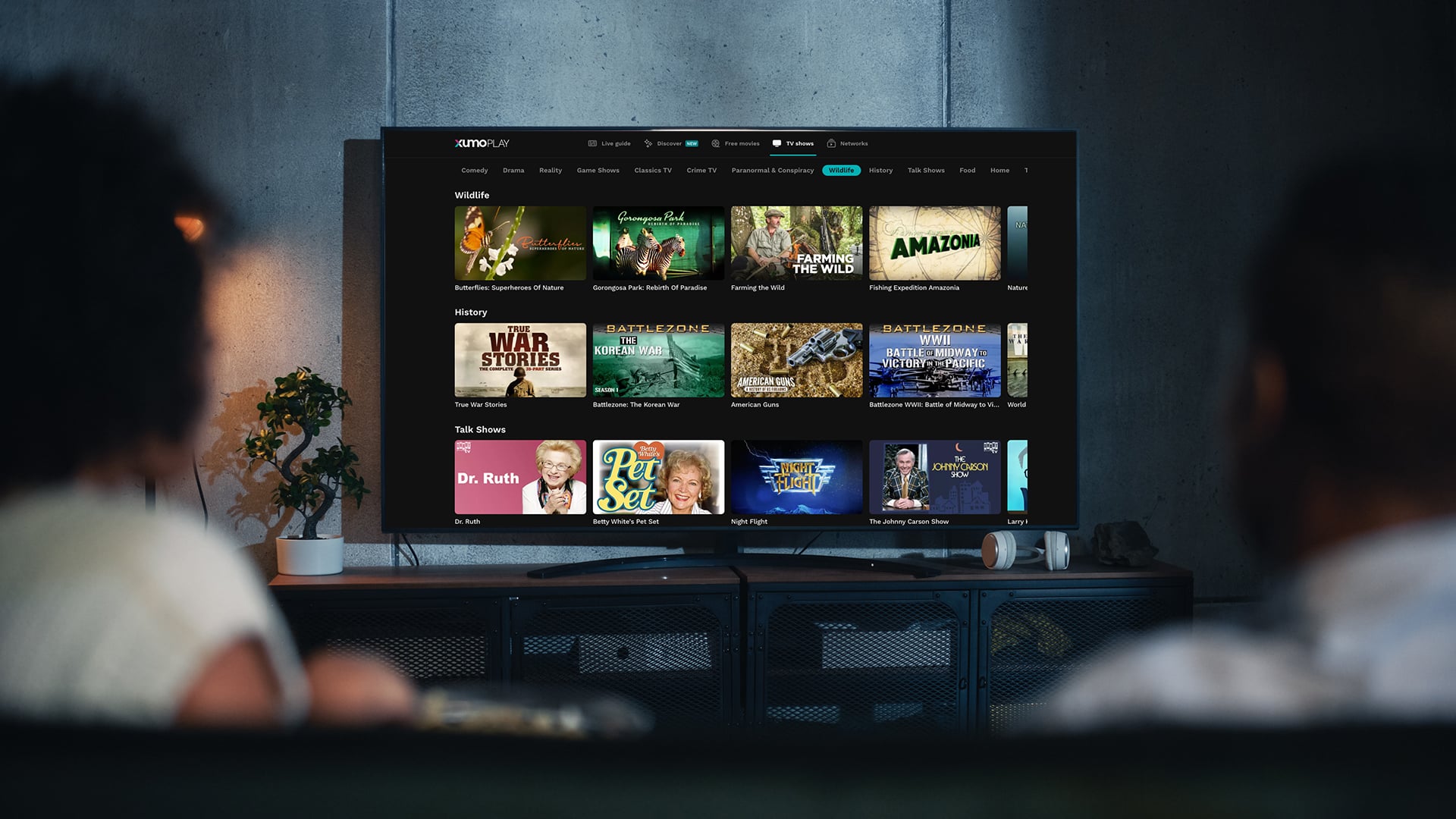The 2-Minute Rule for Apollo Group Tv
Table of ContentsApollo Group Tv Things To Know Before You Get ThisThe Ultimate Guide To Apollo Group TvThe Buzz on Apollo Group TvThe 4-Minute Rule for Apollo Group Tv
In this situation, as opposed to having three-minute commercial areas throughout a 30-minute tv program, TV programs might transform to one where a consumer will be needed to have a monthly registration, to ensure that they cen view targeted banner advertisements. This kind of marketing currently occurs online, and the quantity of information tv business accumulate permits them to do similar.Clarify the impact of enrollers on program content. Describe the major trends amongst the broadcasting and cable networks. When television was in its infancy, manufacturers designed the new tool on radio. Popular radio reveals such as authorities drama Dragnet and western cowboy series Gunsmoke were adapted for tv, and brand-new television shows were funded by solitary marketers, simply as radio programs had been.
Today, the television market is even more complex. Programs are sponsored by numerous marketers; programming is regulated by significant media empires; and the three major networks no much longer dominate the airwaves however rather share their customers with various cord channels. Numerous variables represent these patterns within the industry, consisting of technological growths, federal government laws, and the development of brand-new networks.

8 Easy Facts About Apollo Group Tv Described
Even public tv has actually become based on the influence of marketing. Established in 1969, (PBS) developed out of a record by the Carnegie Payment on Educational Television, which checked out the function of educational, noncommercial tv on culture. The record recommended that the federal government finance public television in order to provide variety of programming during the network eraa service created "not to offer products" however to "boost citizenship and public solution (McCauley, 2003)." Public television was likewise intended to offer global accessibility to tv for visitors in country areas or visitors who might not manage to pay for private television solutions.
The period between 1950 and 1970 is traditionally recognized as the. In addition to a little section of airtime managed by public television, the 3 significant networks (understood as the Big Three) controlled the television market, jointly representing even more than 95 percent of prime-time watching. In 1986, Rupert Murdoch, the head of multinational business Information Corp, released the Fox network, testing the dominance of the Big 3.
Targeting young and minority audiences with shows such as Buffy the Vampire Slayer, Moesha, Dawson's Creek, and The Wayans Bros., the new networks wanted to attract terminals far from their old network associations. Nonetheless, instead of duplicating the success of Fox, UPN and WB battled to make an influence. Not able to draw in numerous associate terminals, both fledgling networks got to less houses than their bigger opponents due to the fact that they were inaccessible in some smaller sized cities.
This decision paved the method for the development of cable television film channels, contributing to the exponential growth of cable in the 1980s and 1990s. apollo group tv. Further deregulation of cable in the 1984 Cable Communications Plan Act eliminated constraints on cord rates, allowing operators to bill what they wanted for cable television solutions as long as there worked competition to the service (a criterion that over 90 percent of all cord markets might meet)
Apollo Group Tv for Beginners

Having produced the initial "superstation," Turner increased his realm by founding 24-hour news network CNN in 1980. At the end of the year, 28 national shows services were offered, and the wire revolution had begun. Over the following years, the industry went through a duration of fast development and popularity, and by 1994 audiences might pick from 94 fundamental and 20 premium cord services.
Number 9 - https://allmyfaves.com/apollogtv01?tab=Apollo%20Group%20TV.16 Enhanced competitors from cable networks has caused a stable decrease in the networks' target market rankings. During the 1950s, the cost of generating a solitary television show boosted as programs became longer and production expenses rose. Sponsorship on network television shifted from single sponsorship, in which a program was completely supported and created by one marketer, to numerous sponsorship, in which marketers bought 1- or 2-minute spots on the show
Pick one of the Big 4 networks and publish out its regular programs routine. View the network's prime-time programs over the program of a week, keeping in mind the target market for each show.
Top Guidelines Of Apollo Group Tv

Straight television, frequently described as standard program television, incorporates cable and satellite tv. It's called "linear" because material complies with an established shows timetable, unlike on-demand content which the individual audience chooses to enjoy based upon their very own choices and timetable. When you ask, "What is direct Television?", consider it as the timeless means of seeing television that has actually been around for years.